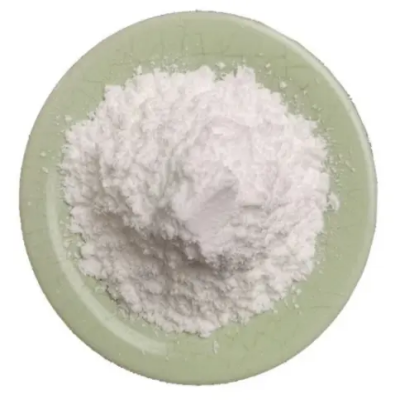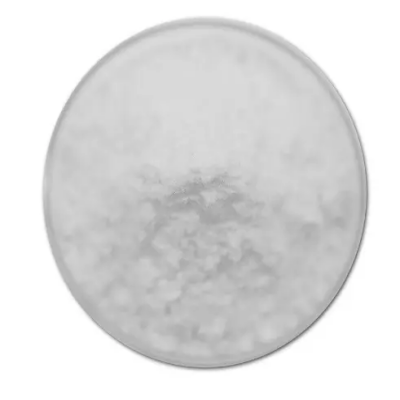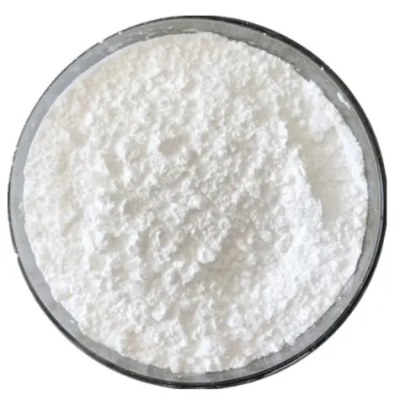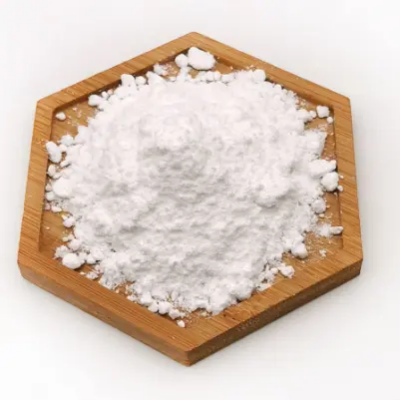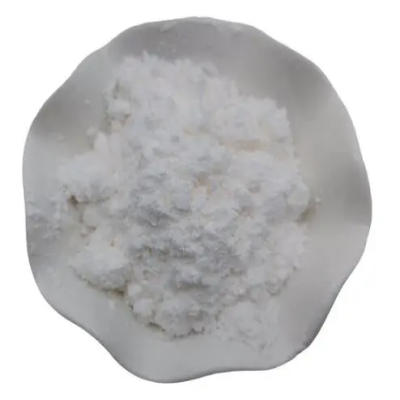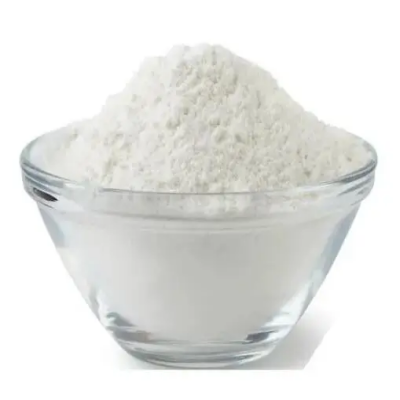Ethyl acetoacetatee CAS:141-97-9
Ethyl acetoacetate finds various applications in organic synthesis due to its ability to undergo a variety of reactions. It is frequently used as a starting material for the synthesis of a wide range of compounds, including pharmaceuticals, flavors, fragrances, dyes, and polymers. One of the key uses of ethyl acetoacetate is its involvement in the formation of β-keto esters, which are important intermediates for the synthesis of various pharmaceutical compounds. These compounds are utilized in the production of drugs for treating conditions such as hypertension, diabetes, and inflammation. Ethyl acetoacetate is also employed in the synthesis of pyrazoles, pyrimidines, and other heterocyclic compounds, which have diverse applications in the pharmaceutical industry. Furthermore, ethyl acetoacetate serves as a precursor for the production of flavors and fragrances. It can be used as a building block in the synthesis of artificial fruit flavors, such as cherry and strawberry. Additionally, it is utilized in the production of fragrances that imitate natural scents, such as floral and fruity notes. In the dye industry, ethyl acetoacetate is applied in the synthesis of various dyes, pigments, and colorants. It contributes to the development of vibrant and durable colors in textiles, paints, and coatings. Moreover, ethyl acetoacetate plays a role in polymer chemistry, particularly in the production of polyester resins. These resins are utilized in the manufacturing of adhesives, coatings, and fibers, providing enhanced strength, durability, and flexibility to the final products. Overall, ethyl acetoacetate's versatility and reactivity make it a valuable compound in organic synthesis, enabling the creation of a wide range of useful compounds in various industries.






| Composition | C6H10O3 |
| Assay | 99% |
| Appearance | white powder |
| CAS No. | 141-97-9 |
| Packing | Small and bulk |
| Shelf Life | 2 years |
| Storage | Store in cool and dry area |
| Certification | ISO. |


